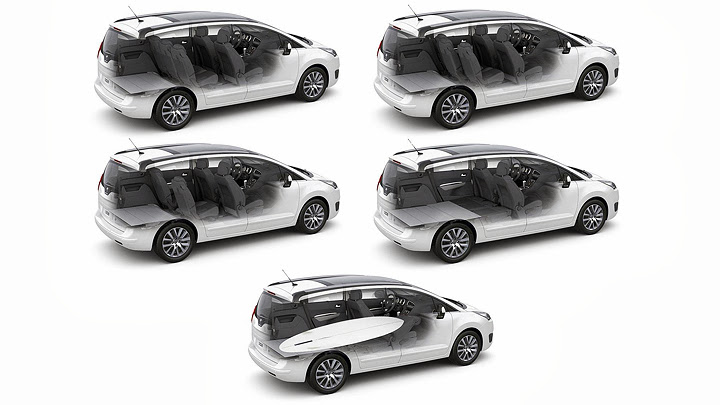
Specially since the last decade, almost every Peugeot car has a Citroën equivalent and vice-versa. The exception would be the latter’s DS line due to the high-luxury exclusivity intention, but even those fall into an even more general rule: they all use shared platforms and powertrain. Besides the ones provided by Fiat (which resulted on their extense line of vans) and by Mitsubishi (whose i-MiEV was rebadged as Citroën C-Zero and Peugeot iOn until last year), PSA cars’ underpinnings are PF1 for subcompacts, PF2 for medium and full-size cars, PF3 only for full-size ones, and the brand new EMP2, which will replace the latter two.
Using so many common structural parts allows the group to redirect this saved money to other aspects, such as internal and external design. This is why this group offers so many vehicles without charging more than what each category expects. Besides having so many options, such strategy allows each brand to keep its individual characteristics, like Citroën’s innovative concepts and Peugeot’s feline sportiness. 5008, for instance, simply doesn’t have any design item that reveals it was the first Grand C4 Picasso’s “cousin”. This one’s new generation increased these differences, but this ended working as an extra help to keep them from interfering one on the other’s sales.










Like the also facelifted 3008, Peugeot’s large MPV’s facelift will aim at adapting the vehicle to the company’s current design language, rather than trying to renew a vehicle which is only four years old. The new front fascia features a fancier, three-dimensional set of grilles which creates a much cleaner appearance than the old car’s. The headlights also received a new lower cut whose chamfer reminds of 2008 and the new 308. However, there were only more chrome accents at the sides and new 16” to 18” wheels, leaving the rear untouched. The interior brings interesting items such as head-up display with driving information, panoramic sunroof, a complete infotainment central with retractile screen and two additional screens for the rear bench, one behind each front headrest.
These are combined to a pair of Bluetooth headphones and can be connected to several multimedia devices. The engine options will be seven, equally divided into diesel and gasoline. The first ones include HDi 115-hp 1.6L, 150-hp or 163-hp 2.0L and e-HDi 115-hp 1.6L, while the others are VTi 120-hp 1.6L and THP 155-hp or 163-hp 1.6L units. The transmissions can be five or six-speed manuals, six-speed automatic or ETG6, depending on the version. Unlike its Citroën equivalents, 5008 can be offered with five or seven seats.